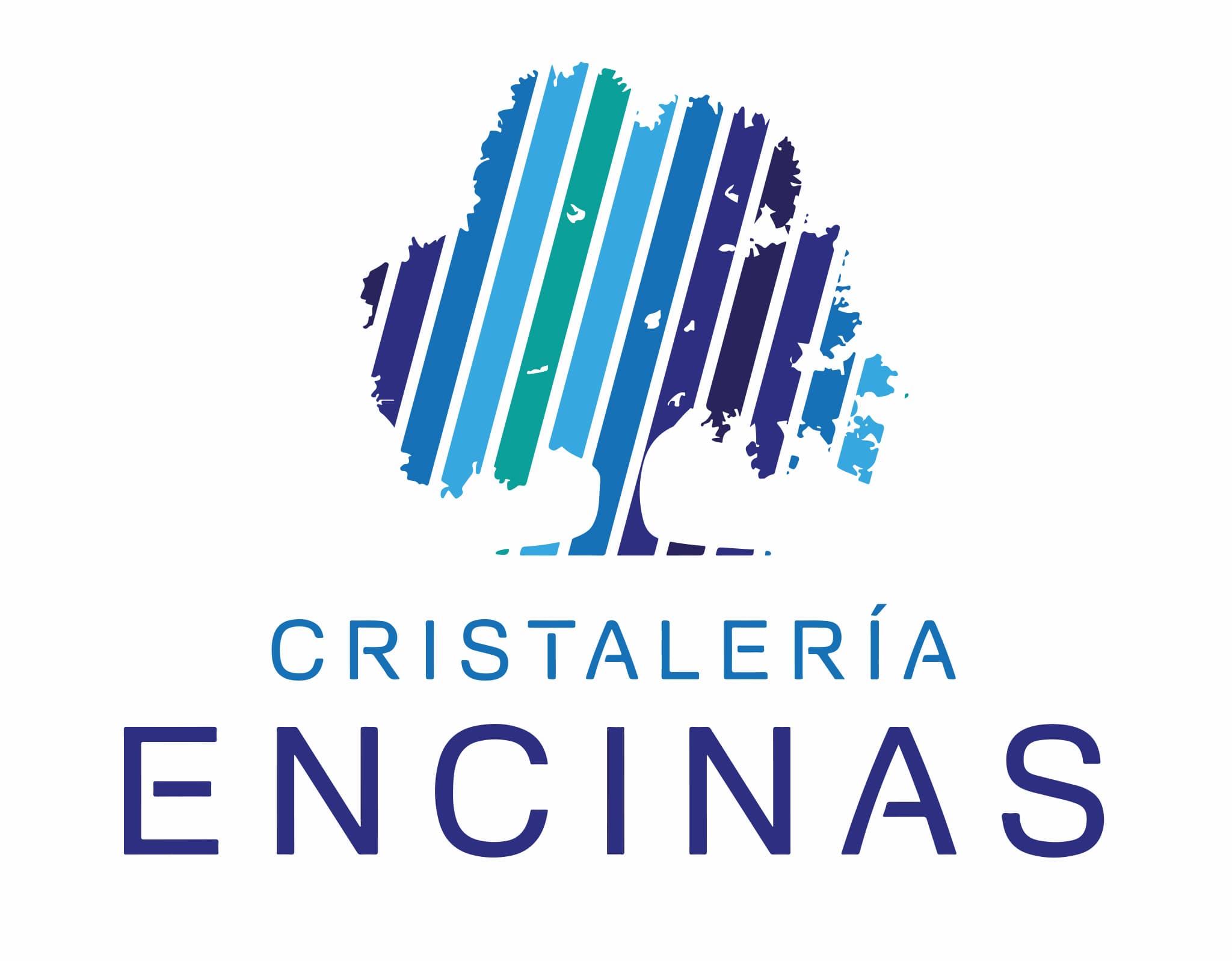
What is tinted glass?
Tinted glass is characterized by a darker color than glass under normal conditions. This type of glass can be darkened either during the manufacturing process or later.
Tinted glass is obtained by adding coloring agents to the molten mixture. Some of these coloring agents are metal oxides, iron, cobalt or selenium. Depending on the combination of oxides, different colors are obtained. The most common are bronze, gray, green and blue.
And in thicknesses of 4, 6 and 10 mm.
Advantages and disadvantages
Advantages
The use of tinted glass is becoming more and more widespread thanks to the advantages it provides, whether it is installed in a home or in a vehicle. Some of these advantages are:
- They reduce the entry of light. Thanks to their coloration, they reduce the entry of excess light and therefore lower the temperature, reducing it by up to 5 degrees.
- They provide privacy. Make it more difficult to see inside the house, premises or vehicle..
Disadvantages
In addition to their advantages, tinted glass also has a number of disadvantages that must be taken into account.
- Reduce visibility. They provide more privacy by reducing the view from the outside to the inside. However, they reduce visibility by letting in less light.
- Greater risk of breakage due to thermal shock. As tinted glass absorbs much more heat. Therefore, if there are sunny and shaded areas in the same glass, the risk of breakage due to thermal shock is high. To avoid this drawback, it is recommended to always temper tinted glass.
Most common shades

Parsol Gray Glass

Parsol Bronze Glass

Parsol Blue Glass

Parsol Green Glass

Parsol Ultra Gray Glass
Ultra gray glass is an interesting option for design and decorative applications.
This mass-colored float glass offers a very intense gray color with very low light transmission (10% in 4 mm and 3% in 6 mm). It is practically opaque and is used to enhance interiors and give a high aesthetic value in furniture, doors, screens and room partitions.

